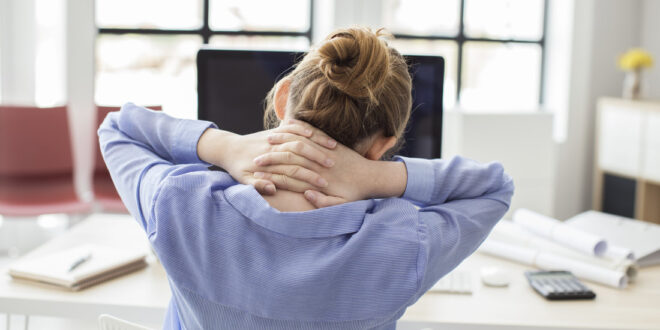What’s the worst thing you can do if you want to keep your posterior chain secure?
Sit on your glutes all day!
For most of us, we spend about half the day sitting on our butts, whether it is at work sitting at your desk, driving your car, sitting down to dinner, lounging in front of the TV, sitting in bed reading a book, or working on your iPad.
We spend so much time compressing our glute muscles that it is no wonder they become weak.
And weak glute muscles is synonymous with back pains and other lifestyle plagues. Read about how to unlock Hip Flexors by Leahs Fitness to know more about it.
But fear not.
Today I will tell you why spending most of your day on the butt is a big NO-NO, and I will also tell you my simple yet actionable hacks on how to counteract sitting all day.
Let’s go:
What Does Constantly Sitting do to Your Body?
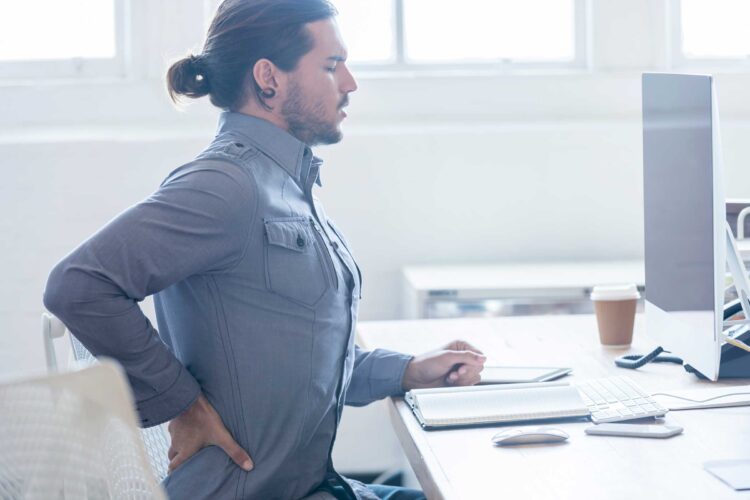
When we sit, the muscles that work between the thigh bones and pelvis gets shortened and tightened while the glutes and hamstrings get stretched.
That wouldn’t be so bad if it were for a short space of time, because after all, our muscles are built for flexing and contracting.
The problem is we do this for hours at a time, causing the muscles to stretch, weaken, and lose its elasticity.
According to the hometraininghero.com, we not only weaken our hips, thighs, glutes, and hamstrings but sitting hunched over at a desk also reduces the lower back. As a result, our shoulders slump and bend forward, compressing the chest, which can cause serious long-term injury.
Hold on, though:
Sitting for long periods doesn’t just cause pain in your back, shoulders, legs, and butt. While resting, you burn a lot fewer calories than if you were standing or moving around. It might not seem like a huge difference. Still, added up over hours, weeks, months, and years, it becomes a substantial number of calories not being burned, due to butts being parked on chairs.
That might also be the reason we add weight to our frames when we have long term desk jobs.
Sitting for extended periods has also been shown to reduce productivity and it can cause rather unique injuries and a back pain that requires a special treatment in hospitals such as HSS, or similar.
So, the reasons we shouldn’t sit so much include potential weight gain, weaker muscles, bad posture, reduced mobility, reduced flexibility, possible injuries, and illnesses.
How is that for a list?
Ways to Prevent Slouching at Work
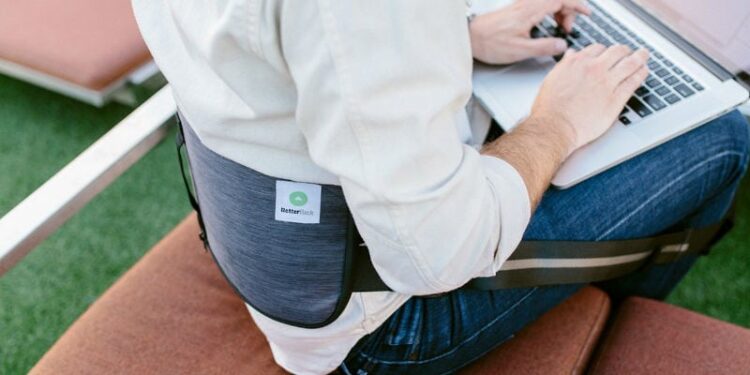
So, what solutions are there to counteract the adverse effects of sitting down?
Standing is one of the first thoughts that come to mind. If you can stand and work, perhaps you can invest in a standing desk or convince your boss to buy you one?
You could also look at modifying your current desk by raising it higher off the ground or adding to the surface area on top to make an elevated work area.
If you work from home, perhaps look at using a shelf or the kitchen counter as a workspace you can stand at instead of sitting down. A high bar type kitchen nook makes a perfect standing desk!
Find a spot where you can stand comfortably, rest your arms, and work without hunching over. That will improve posture, increase blood circulation, strengthen your muscles, and prevent the squashed butt.
Using a standing desk will bet challenging to start with as your body might have become used to the feeling of sitting down all day long, and the unused muscles will start making themselves felt.
The first few days will probably be quite painful; your feet might hurt, and you may have difficulty switching your mind to thoughts other than how much you ache.
But it does get better as those seldom-used muscles start flexing and releasing how they were meant to be used. Your body starts adapting, and the pain is less and less until you don’t feel anything out of the ordinary.
It does take a bit of getting used to, and you might need to pace yourself at the start.
Try not to sit down until you have been standing for at least 30 minutes to start with (use a high chair so you can still reach the top of your desk). Then increase the length of time you spend standing until you can do so for hours without even thinking about it. You don’t need to stand completely still in the same spot for the time you are at work. Take a walk occasionally, shift your weight around, and keep the blood flow going. Eventually, you will start doing it automatically.
Chairs Without Back Supports are Great for Staying in Shape
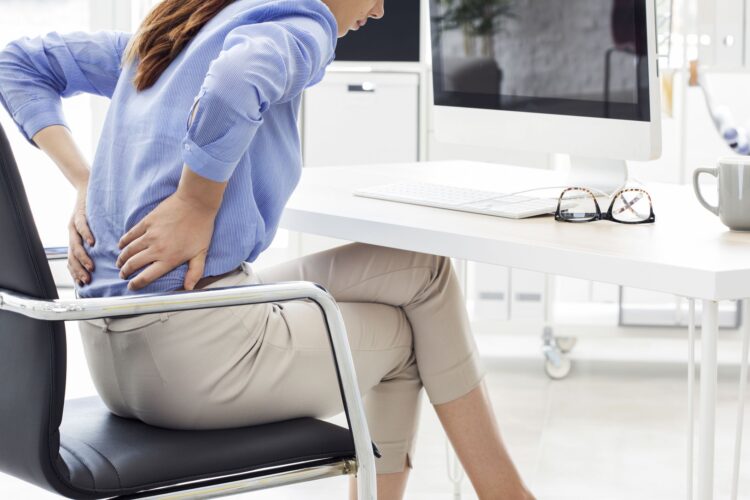
If you are in a predicament where there is no chance of you having a desk or work area you can stand, there are simply a few other things you can do that are better than nothing to assist in keeping your posterior chain in good condition.
Get a chair without back support to strengthen your lower back and core muscles.
That will also be uncomfortable as our back is used to being supported by chairs and must build strength to defend itself again.
Don’t just sit there, get up every 30 minutes, take a walk if you can, and if you can’t, at least stand for a little; stretch your legs before you must sit again.
How to Counteract Sitting All Day – Preventive Workouts you can do at Home or the Gym
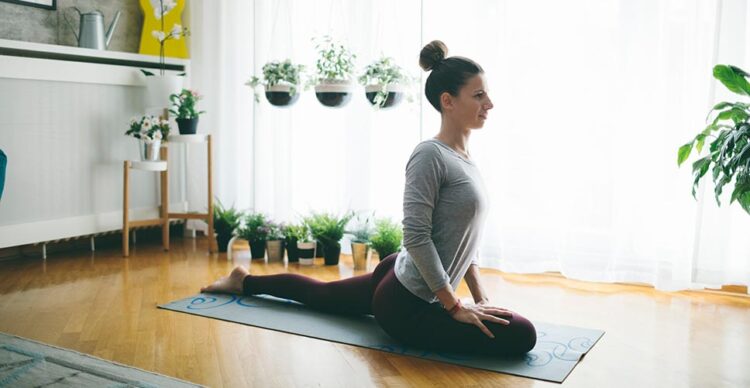
When you get home, you can also try and be a little more active by standing while you eat or watch TV.
You can also take a nice long walk around the neighborhood. Maybe make some new friends while at it! Train the muscles that are weakened by sitting all the time.
If you’re at the gym, or even at home, try doing some hip raises dead marches, squats, lunges, and other exercises to improve posterior strength and flexibility. Even simple exercises such as jumping jacks and stepping can improve these muscles. Perhaps look at taking a yoga class at your gym or even online to help you improve your agility and strength.
Better do something than nothing!
Conclusion – Tackling the Weak Glutes Problem
In short, a sedentary lifestyle is bad for muscle elasticity and strength.
There are easy ways to counter this predicament by changing your lifestyle and work habits. Even adding exercise routines for seldom-used muscles in work settings or at home will do wonders.
It is up to you to decide where to go from here, but letting your body crash like a sinking ship should not be an option!
References:
 Hi Boox Popular Magazine 2024
Hi Boox Popular Magazine 2024
